Expert Tips for a Tidy Home

We all dream of having a perfectly organized home where everything has its designated place, and clutter is a word from the past. Achieving a tidy home is about more than just doing a massive clean-up once a month. It’s about incorporating habits and routines that make tidiness a natural part of your daily life. Here are some expert tips to help you transform your living space into a permanently tidy haven.
Start Small and Steady

Initiating the process of organizing can be overwhelming, especially when staring at a house full of belongings. The key is to focus on manageable tasks. Begin with decluttering a nightstand, sorting a single closet, or clearing off the kitchen counter. Each accomplishment, no matter how small, creates momentum. Celebrate these minor victories. They’re about creating physical order and building your confidence in handling larger tasks in the future.
Everything Needs a Home

Have you ever spent frustrating minutes searching for the TV remote or a pair of scissors? Such scenarios become less frequent when everything has its spot. A well-organized space eliminates the guesswork. It’s not just about tidiness; it’s also about efficiency. Knowing where things belong simplifies daily life and reduces stress. Additionally, when every item has its home, you quickly identify what’s out of place, facilitating quicker clean-up times.
Use Storage Solutions
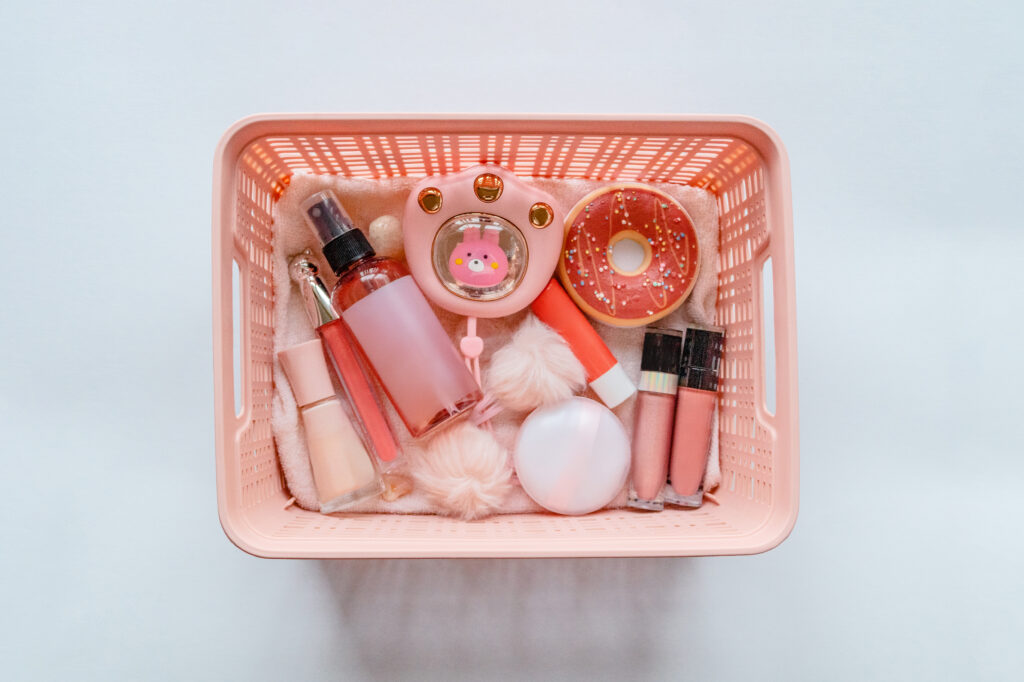
Modern homes often come with challenges like limited storage or open-concept designs. This is where innovative storage solutions come into play. For instance, under-the-bed storage bins can conceal seasonal clothes, while wall-mounted shelves free up floor space. The proper storage solution can even transform empty nooks into functional spaces. Furthermore, labeled storage can expedite finding and putting away items, making tidying your home seamless.
Limit Incoming Items

In our consumer-driven society, it’s easy to accumulate items, but constant acquisition can quickly lead to clutter. Setting boundaries is crucial. Perhaps for every new book you buy, another should be donated. Implementing a ‘one in, one out’ rule ensures you keep the volume of possessions manageable. By curating your acquisitions, not only do you reduce clutter, but you also appreciate and value your belongings more.
Stay Consistent with Daily Routines
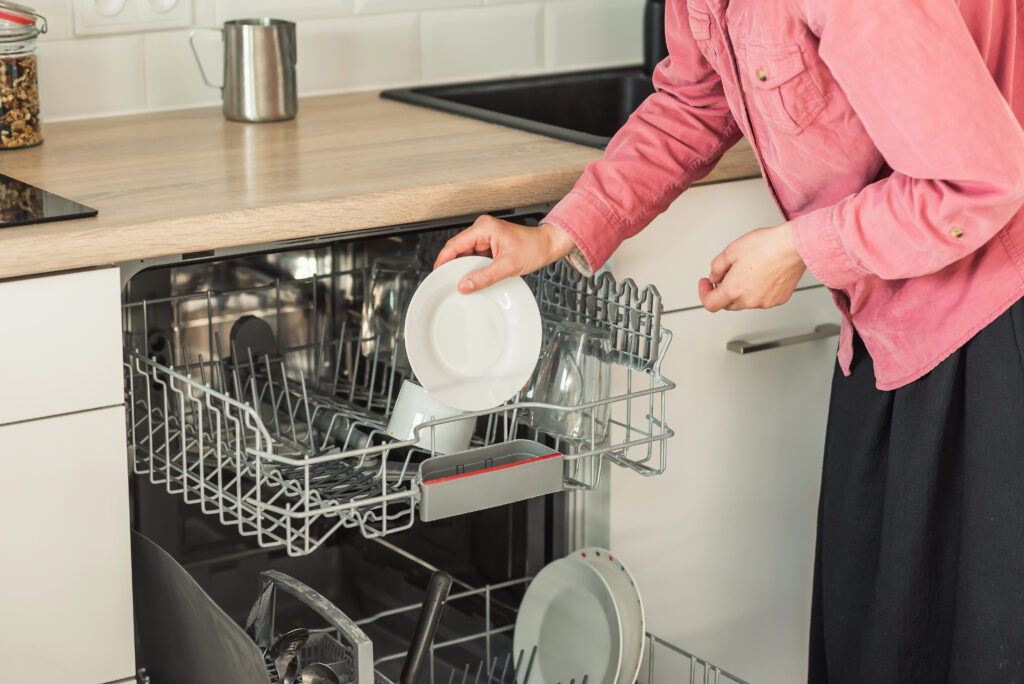
Consistency is the cornerstone of maintaining order. For instance, setting a fixed time every day for checking mail prevents stacks of letters from accumulating on the hallway table. Similarly, loading the dishwasher each night ensures a clean kitchen each morning. When practiced regularly, these routines become second nature, ensuring that clutter doesn’t get a chance to build up.
Tidy Up Before Bed

Nightly routines aren’t just for skincare or reading. Incorporate tidiness into your wind-down process. By resetting your space each night, you foster a fresh start for the next day. Simple tasks like clearing the coffee table or arranging shoes in the foyer can make mornings smoother. Over time, this practice can also promote better sleep, as a clutter-free environment is conducive to relaxation.
Seasonal Decluttering

Seasons change, and so do our needs. The winter coat that served you through chilly months may be redundant in summer. Similarly, kids outgrow toys and clothes. Seasonal reviews ensure that your belongings remain relevant to your current needs. Additionally, inspecting items for wear and tear is a great time to ensure you keep only those in good condition.
Opt for Quality over Quantity
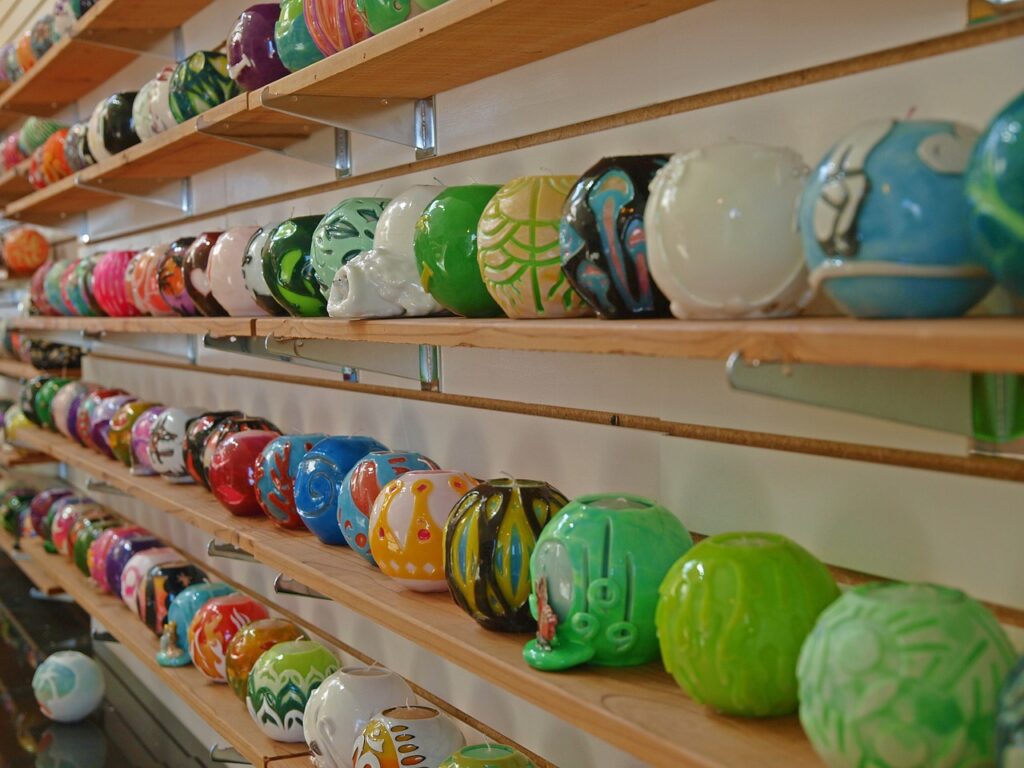
It’s easy to fall into the trap of buying items because they’re on sale or seem like a good deal. However, a closet full of unused gadgets or clothes still with tags speaks volumes. Investing in fewer quality items ensures longevity and reduces the need for replacements. This approach not only declutters but also fosters a more sustainable lifestyle.
Embrace Minimalism
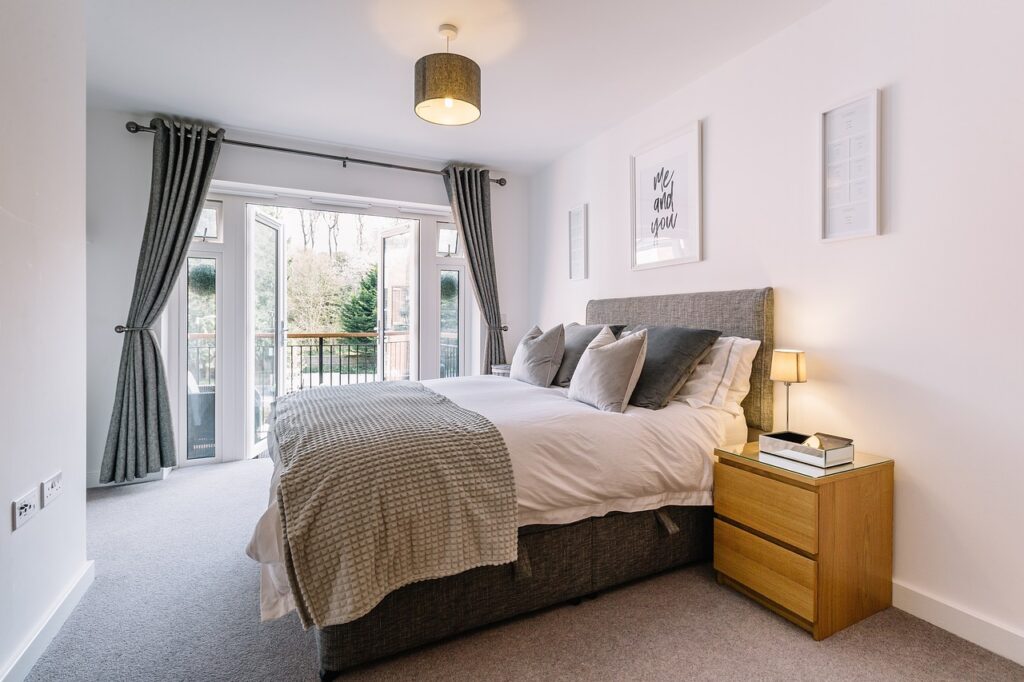
Minimalism isn’t about sparse living; it’s about intentional living. It’s the practice of surrounding oneself with items that bring joy or utility. Over time, this philosophy can shift one’s perspective from wanting more to cherishing what one has. The minimalist approach often leads to a deeper appreciation for items and experiences, fostering a sense of contentment.
Involve Everyone
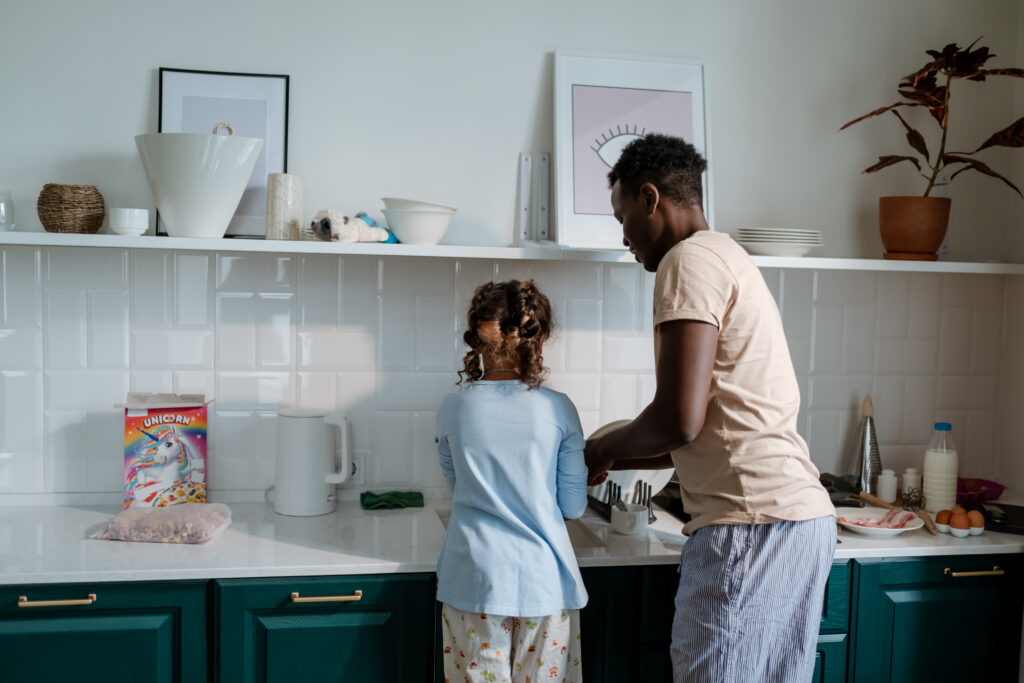
An organized home isn’t solely one person’s responsibility. It’s a team effort, especially if you share your space with others. Regular family meetings or roommate discussions can set expectations and delegate tasks. One person may be in charge of recycling, while another handles laundry. By sharing the load, maintaining order becomes a collective achievement.
Regularly Evaluate Your Space

Routine checks act as preventative maintenance for clutter. Regularly assessing each room can nip potential messes in the bud. This evaluation isn’t about judgment but reflection. Ask yourself if the room serves its function effectively. No matter how minor, adjustments can often lead to significant improvements in space utility.
Categorize and Zone

A functional home often mirrors a well-organized office. In an office, supplies are stored together, and files are categorized. Apply the same logic to your home. Grouping like items not only makes finding them more accessible but also streamlines tasks. For example, by storing all baking items together, whipping up a batch of cookies becomes more efficient.
Stay Inspired

Maintaining a tidy home is easier when you’re continuously inspired. Create a vision board, bookmark blogs, or follow organizing experts on social media. You’re constantly reminded of the benefits of immersing yourself in a world where order is celebrated. These visual motivators can reignite your enthusiasm if it wanes.
In conclusion, achieving and maintaining a tidy home is more about building habits and routines than doing occasional big cleans. Making tidiness a part of your daily life and mindset becomes less of a chore and more of a lifestyle. Remember, the goal isn’t perfection but a space where you feel peaceful, in control, and truly at home.